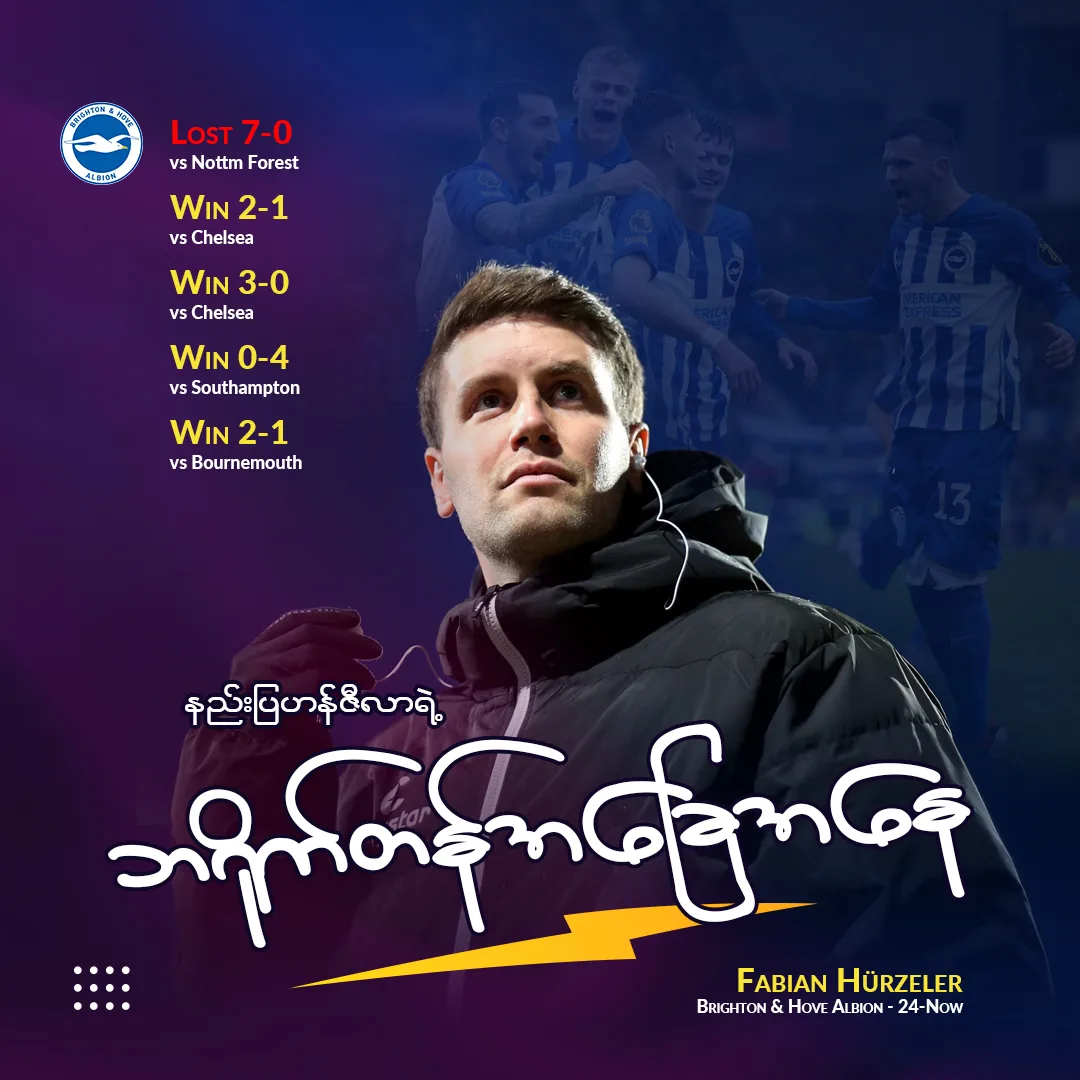Hazila’s Brighton situation
With De Zarzis set to leave Brighton, there has been much speculation about who will replace him. Especially given how well De Zarzis has developed a strong squad and established a strong team, the question is how Brighton will fare among those interested in the club.
Brighton have appointed Fabian Hazila as their new manager following De Zarzi’s departure. The 31-year-old American, who was born in Houston, Texas, spent his youth career at Bayern Munich’s academy. He is a promising academy player.
However, he spent time playing for Bayern Munich’s reserves, Hoffenheim’s reserves and 1860 Munich’s reserves before making his senior debut for the club at the Bundesliga club. He then moved to Wes Butler, where he ended his playing career in 2022.
From 2016 to 2020, he was the player-manager for the Premier League club, helping them to promotion from the relegation zone. After retiring, he took over at St. Pauli in 2022, where he won the Bundesliga 2 title and was promoted to the Bundesliga. He then joined Brighton in 2023-24.
Not to be outdone, he was also named Premier League Manager of the Month for August at Brighton. He was also highly regarded for his excellent results.
Brighton lost the likes of Pascal Grob and Billy Gilmour to De Zarby, and the following year they lost key players such as McAllister and Caicedo. So, he needed reinforcements in the transfer market.
As reinforcements, he brought in Ibrahim O’Mann from Nordsjaelland, Yann Kubaminta from Newcastle, Matt Waifer from Firin, Arsenal youngster Duberry, Matt O’Reilly from Celtic, and Karioglu from Fenerbahce. Not bad reinforcements. But whether he can go to the top is not certain.
He did not completely change De Zarzi’s playing style, but made small changes based on it. Like De Zarzi, he played more attacking and used more threats from the right wing. He also relied more on the individual skills and creativity of the wingers.
He is similar to De Zarzi in that he tries to establish the play at the back and try to switch to the attack. He patiently passes the ball and plays with the goalkeeper, waiting for the space he wants to play. He mainly waits for space to open up between the opposing midfield and the defensive line.
His style is a bit different from other coaches in that the wingers don’t go in to receive the ball into the space that appears, but the strikers come down and receive it. The strikers receive the ball and then spread it back to the wingers and attack from the wing.
When he gets the ball into that space, he wants to play carefully and rarely uses unnecessary long balls. If the other side comes into his midfield, he doesn’t have to play the ball to the wingers, because the team relies on the wingers, so he doesn’t usually play the ball to the wingers, but he usually tries to get the ball out of the midfield into the space.
When he does, he uses more of a third-man role. This means that when a pass is made directly between the player who is going to give it to him and the player he wants to give it to, he gets intercepted, To avoid being intercepted, the midfielders and defenders pass the ball back and forth. Instead of passing from 1 to 2, they pass from 1 to 3 and then pass back from 3 to 2. This makes it a difficult sequence to block when practiced properly, and it is difficult for opponents to stop.
He uses crosses to play into the attack, or the wingers pull in and break, so the triangle formations on both sides of the pitch are important for him, and he likes to use temporary manpower in those positions.
His weakness is that when his defensive line runs up to the midfield line, if an opponent gets the ball, there is a lot of space behind him, and he is not able to press and block the ball into his opponent’s possession, so he often gives away goals from that situation.
However, Brighton’s results, which have finished eighth this season, are very good for a new manager and for a team like Brighton.


